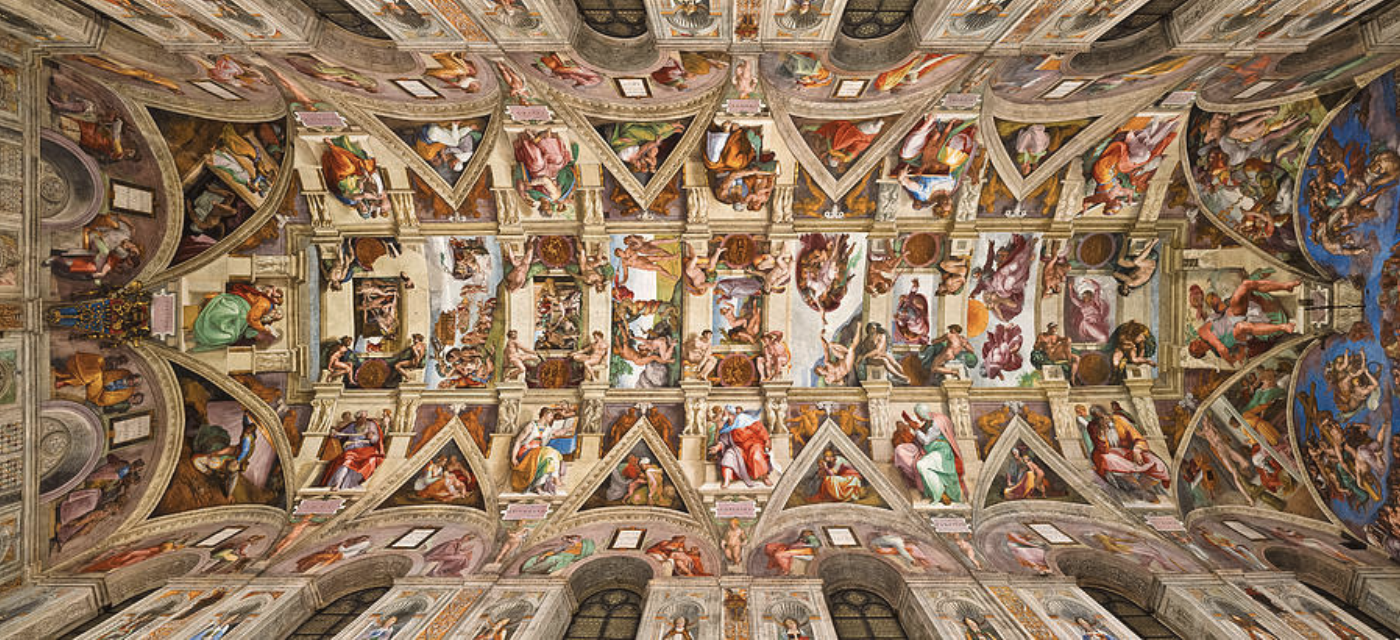The Bridgerton Allure - Part 2: The Splendour
Martin Ivans of Bloomberg contends that the appeal of Netflix’s Bridgerton (2021) can be explained - like most everything these days - by the pandemic: ‘If the Covid era has robbed us of many pleasures, it has at least provided some opportunity for wildly escapist television drama.’ This begs the question of what viewers feel they are escaping from and to in watching Bridgerton, and the answer is not that abstract. Escapism is ‘seeking distraction and relief from unpleasant realities, especially by seeking entertainment or engaging in fantasy.’ Escaping our current confines - our mundane homes and the sameness of our routines, our clothes, the views from our windows - by watching other people’s lives (homes, routines, clothes, views), is only really escapist if those lives are nothing like our own.
Certainly the greyness of pandemic life in winter makes the craving of colourful scenes more acute. Fundamental to that impulse is the scarcity that generates it: We want what we don’t have. The phenomenal success of Downton Abbey, conceived and aired during the economic downturn following the 2008 financial crisis, suggests that people hunger to watch wealthy people being rich - particularly when they are not or don’t feel very rich themselves. The stately home and lavish lifestyle of the aristocratic Crawley family, including the upstairs-downstairs dimension of the household service at Downton, is pleasurable to watch as ‘guilty pleasures’ are. Downton Abbey presents a rarified world that mere commoners simply don’t inhabit and likely never could - but that does not stop them from wanting to ogle it. In 2013, the global audience for Downton was estimated at 120 million people, and the show was sold to over 220 territories, making it a feather in the cap of British television. If those numbers do not sufficiently evince the universal love of watching wealth, the 1.9 billion people who tuned in to see Prince Harry and Meghan Markle wed at Windsor Castle in May 2018, might be enough to convince us of this human tendency.
Saloon at Highclere Castle, set of Downton Abbey. ©Paul Highnam / Country Life
The aesthetics of wealth are splendid in the truest sense of the term; they are magnificent and impressive to look at. They fill the eyes and lift the spirits. The ceiling of the Sistine Chapel - the papal chapel in the Vatican Palace, featuring the elaborate Renaissance frescoes painted by Michelangelo (1508-1512) - is a lasting example of the high splendour wealth can generate. However distasteful the pomp of exhibited wealth may seem, given the inequality it represents, the opulence of it tends to attract the eye and provide considerably more delight and wonder than it does displeasure. Such is the nature of popularity as it pertains to art and fashion - what is considered beautiful to look at is largely determined by how many people look at it and consider it to be so. The sheer number of attracted eyes becomes the measure of attractiveness - and the Sistine Chapel attracts 5 million visitors in the course of a normal year.
Sistine Chapel Ceiling, 1512 (Fresco), by Michelangelo.
Sophisticates are certain to scoff at the mention of the Sistine Chapel and Bridgerton in the same context. Yet the similar elaborateness of their art speaks to the popularity of that form of grandeur, and to the pleasure derived from it as a viewing pastime. In an interview with Vogue, veteran costume designer Ellen Mironjnick recounts that it took five months of preparation for a team of 238 people to create some 7500 pieces for Bridgerton, and that the character of Daphne Bridgerton alone (played by Phoebe Dynevor) boasts a closet of 104 costumes. In one moment that demonstrates delight in splendour, the debutante ball that launches the Bridgerton series features ornate doors opening on Miss Bridgerton, sporting a golden headpiece with a giant fluffy white feather that floats above and behind her as she walks down the grand hall, to present herself to an equally splendid Queen Charlotte on her throne. The gathered aristocracy stop to gape at the attractive young women, who is subsequently deemed ‘the Incomparable’ by the Queen. Ironically, the awkward and nominative Featherington girls who precede her don’t pull off their feathers, and comically fail to impress the Queen - though viewers still enjoy watching their attempt. The beautiful Miss Bridgerton, with less effort and more poise - and all eyes on her - makes this look resplendent.
Daphne Bridgerton’s debut, Episode 1 of Bridgerton.
Simply put, in the confluence of factors attracting eyes to Bridgerton, a potent one is the uncommonly rich aesthetics that decorate the show to the delight of its audience. Such is the nature of aesthetics after all: Splendour is infused with extrinsic value, and made splendid by the attention we pay it.
Ball scene, Episode 1 of Bridgerton.



